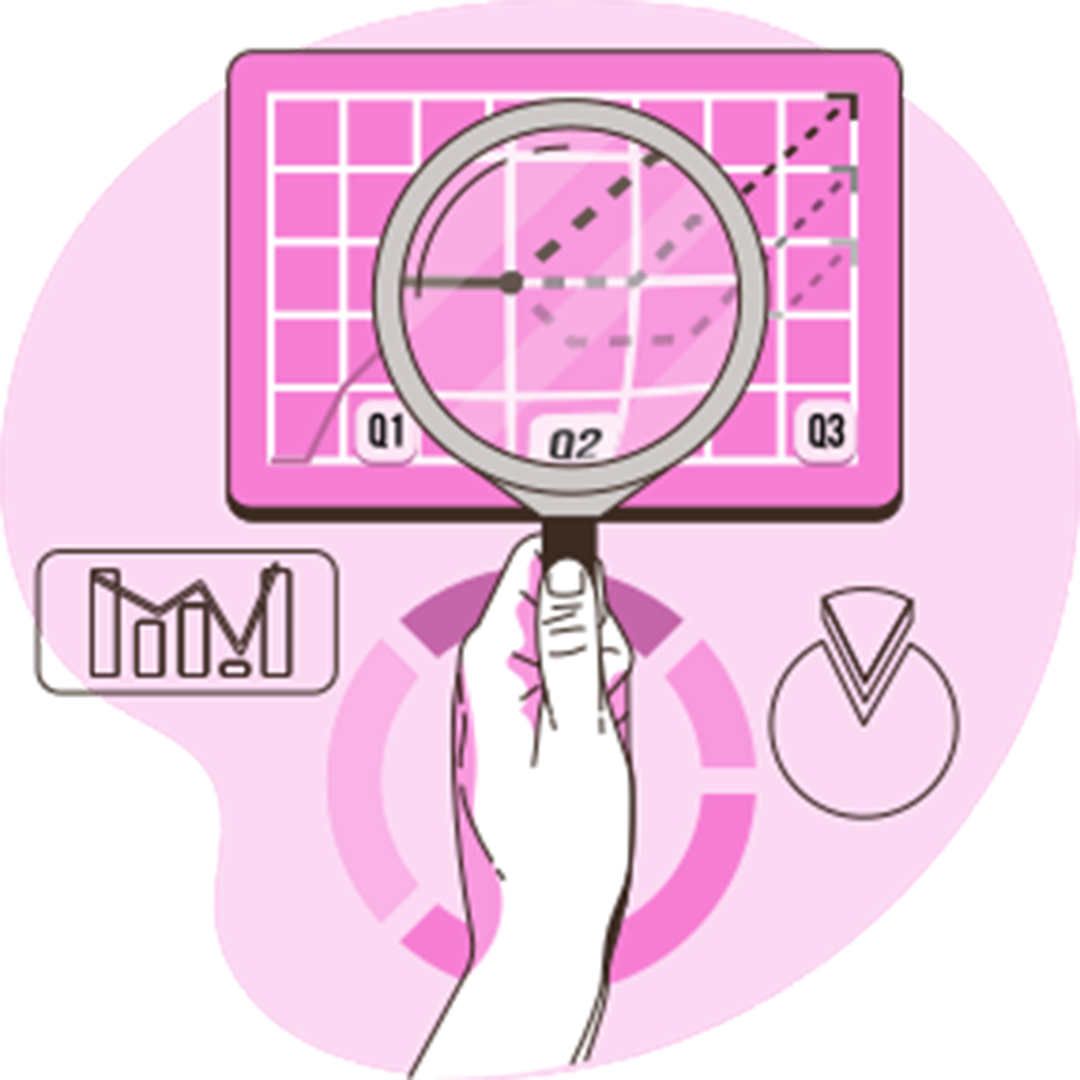Situation
A global leader that has been a dominant player in the industrial product supply sector, providing a vast array of machinery, equipment, and tools to businesses worldwide, recognized the need to transform itself into a competitive e-commerce company by improving its catalog to meet the changing demands of its customers.It was challenged with an intricate and unstructured product taxonomy spanning over 100,000 records. This led to inefficiencies in inventory management, procurement, and supply chain processes, causing lost opportunities, additional costs, and palpable financial strains.




